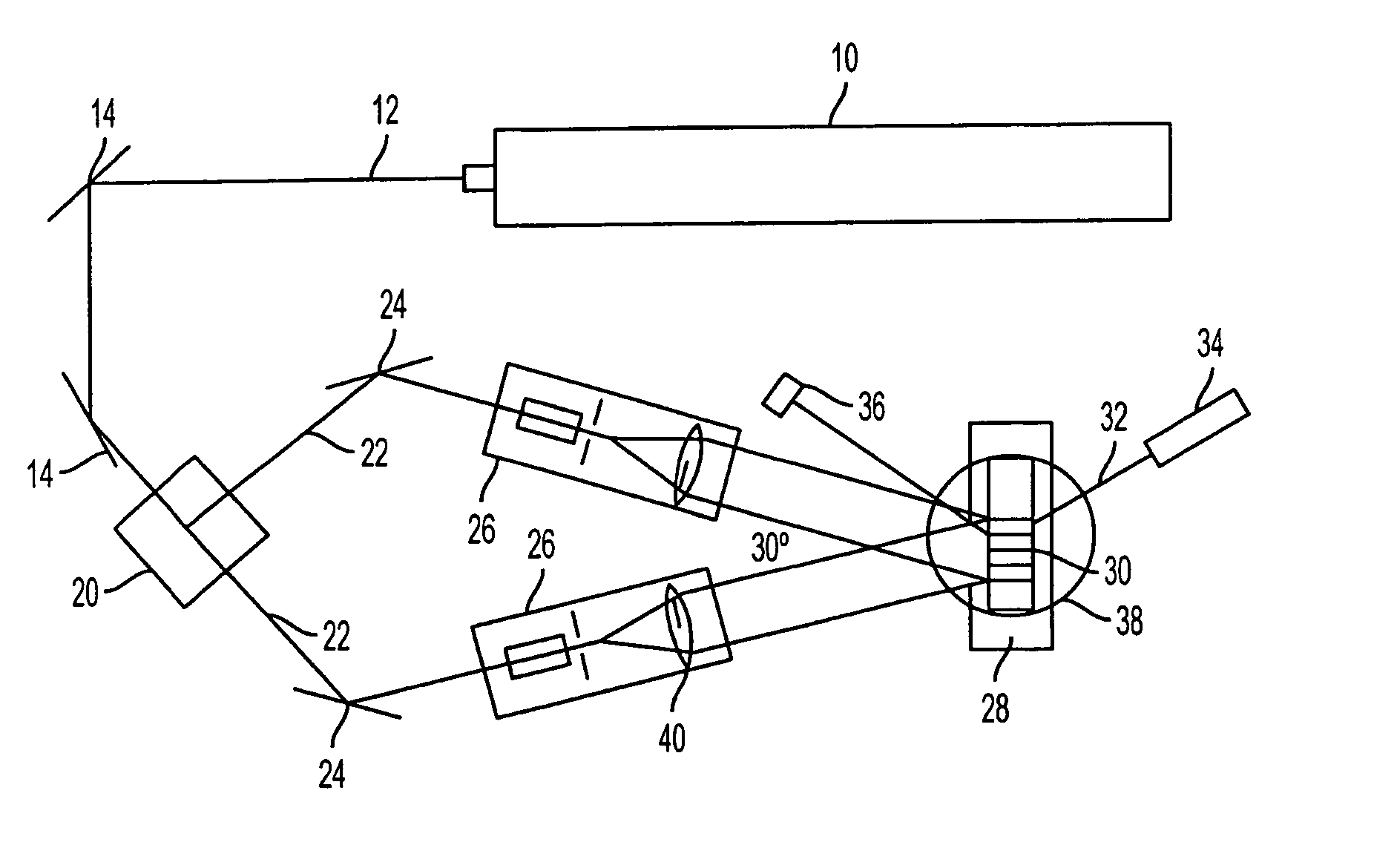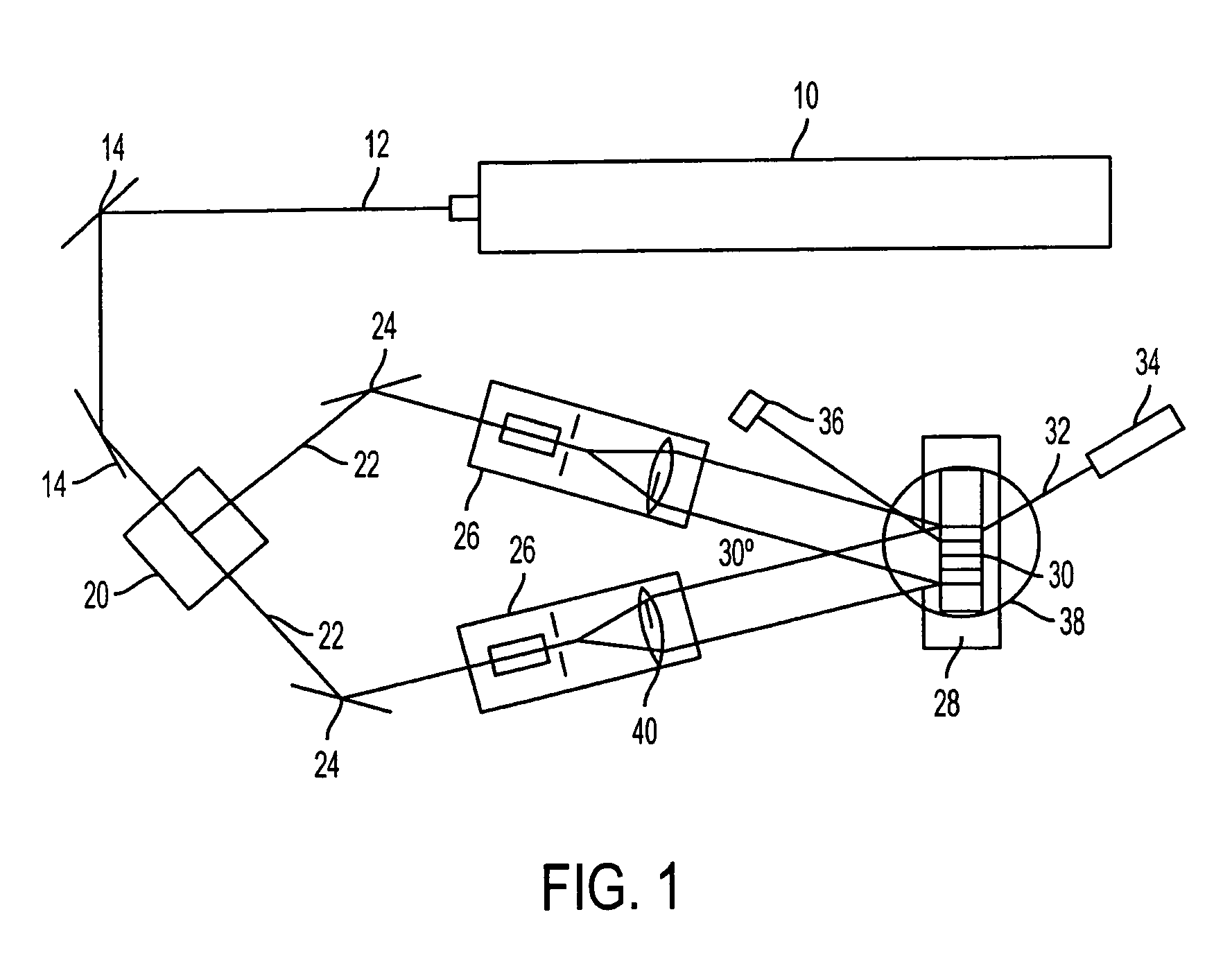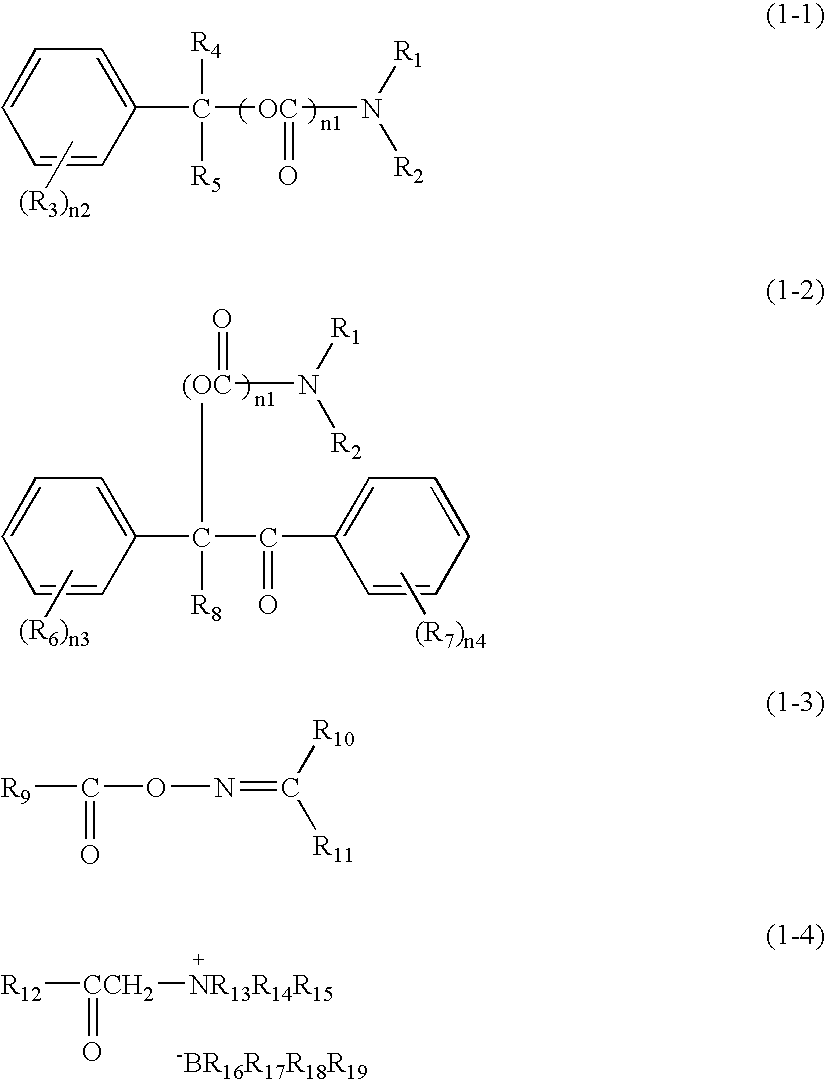Hologram recording material, hologram recording method, optical recording medium, three-dimensional display hologram and holographic optical element
a technology of optical elements and recording materials, applied in the field of hologram recording materials and hologram recording methods, can solve the problems of hard discs, unreplaceable, and difficult to replace, and achieve the effects of high sensitivity, high diffraction efficiency, and good storage properties
- Summary
- Abstract
- Description
- Claims
- Application Information
AI Technical Summary
Benefits of technology
Problems solved by technology
Method used
Image
Examples
example 1
[Discoloration Process (Sensitizing Dye+Discolorable Dye) Hologram Recording Method]
[0427] Under a red lamp, the sensitizing dye, electron-donating compound, discoloring agent precursor, discolorable dye and binder PMMA-EA (poly(methyl methacrylate-5% ethyl acrylate) copolymer; Mw: 101,000) set forth in Table 1 were dissolved in methylene chloride (optionally with acetone or acetonitrile) in an amount of twice to four times the weight of these components to prepare hologram recording material compositions 301 to 309. The term “%” as used herein is meant to indicate wt-% based on the weight of binder PMMA-EA.
TABLE 1SensitizingDye reproducingDiscoloringDiscolorableSampledyedonoragent precursordyeBinder101S-6 1%A-142.0%I-550%G-328%PMMA-EA100%102S-757.9%—I-550%G-328%PMMA-EA100%
[0428] The hologram recording material compositions 301 to 309 were each spread (optionally in a multi-layer form) over a glass substrate to a thickness of about 80 μm using a blade to form a photosensitive la...
example 2
[Self-Discoloration Process (Sensitizing Dye+Discolorable Dye) Hologram Recording Method]
[0435] Under a red lamp, the sensitizing dye / discolorable dye, discoloring agent precursor, and binder PMMA-EA (poly(methyl methacrylate-5% ethyl acrylate) copolymer; Mw: 101,000) set forth in Table 3 were dissolved in methylene chloride (optionally with acetone or acetonitrile) in an amount of twice to four times the weight of these components to prepare hologram recording material compositions 201 and 202. The term “%” as used herein is meant to indicate wt-% based on the weight of binder PMMA-EA.
TABLE 3Discoloring agentSensitizing dye / dyeDiscolorableprecursor PolymerizationSamplereproducing donordyeinitiatorPolymerizable compound Binder301S-75 5%G-32 3%I-5 18%M-1 37%Polydimethyl siloxane 37%302S-75 5%G-29 3%I-5 18%POEA:NVC = 2:1, totaling 37%Polyvinyl acetate 37%303S-81 11%G-62 3%PB-2 18%M-2 34%Polymethyl phenyl siloxane 34%304S-6 0.5%G-32 3%I-5 14%POEA 34.5%A-1 10%I-2 2.4% + MBO 1.6%Cellu...
example 3
[Remaining Discolorable Dye Latent Image-Latent Image Sensitization Process Hologram Recording Method]
[0442] Under a red lamp, the sensitizing dye, electron-donating compound, discolorable dye, discoloring agent precursor, polymerization initiator, polymerizable compound and binder set forth in Table 4 were dissolved in methylene chloride (optionally with acetone, acetonitrile or methanol) in an amount of twice to five times the weight of these components to prepare hologram recording material compositions 401 to 404. The term “%” as used herein is meant to indicate % by weight.
TABLE 4Sensitizing dyeDiscoloring agentElectrondonatingDiscolorableprecursor PolymerizationSamplecompounddyeinitiatorPolymerizable compound Binder401S-75 4%G-37 4%I-518%M-2 37%Polymethylphenyl siloxane 37%402S-930.8%G-41 4%I-518%TEGDA 33.2%A-1 10%Poly(styrene-acrylonitrile) 75:25 34%403S-920.4%G-72 4%PB-218%M-2 33.6%A-1 10%(X51 is PF6−)Polymethyl phenyl siloxane 34%404S-60.2%G-9113%—DDA 28% PFOA 7%A-1 10%...
PUM
 Login to View More
Login to View More Abstract
Description
Claims
Application Information
 Login to View More
Login to View More - R&D
- Intellectual Property
- Life Sciences
- Materials
- Tech Scout
- Unparalleled Data Quality
- Higher Quality Content
- 60% Fewer Hallucinations
Browse by: Latest US Patents, China's latest patents, Technical Efficacy Thesaurus, Application Domain, Technology Topic, Popular Technical Reports.
© 2025 PatSnap. All rights reserved.Legal|Privacy policy|Modern Slavery Act Transparency Statement|Sitemap|About US| Contact US: help@patsnap.com



